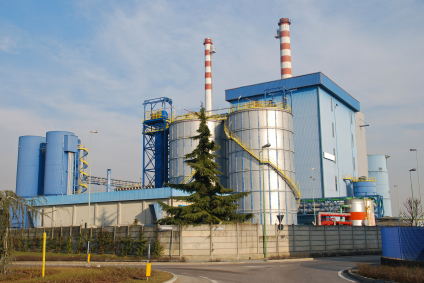Waste to energy plants are basically factories that burn municipal waste and use the steam produced to power turbines which generate electricity.
Did you know that Denmark has 29 waste to energy plants for a population of only 5.5 million people? That’s 1 plant for nearly every 189,000 people. In contrast Canada has only a handful and according to renowned environmentalist David Suzuki, it’s a handful too many.
http://www.davidsuzuki.org/blogs/science-matters/2013/09/incinerating-trash-is-a-waste-of-resources
In a nut shell, waste to energy plants are basically factories that burn municipal waste and use the steam produced to power turbines which generate electricity. Some systems capture methane for fuel. These technologies are not new. In fact incineration of municipal waste has existed for over a century, however it is only within the last 25 years or so that these technologies have been upgraded to produce electricity and it is only since the mid to late 90’s that plants have been upgrading to reduce emissions, a widely reported negative impact of these facilities.
Most new and established European plants have implemented modern filters which reduce the emissions to meet stringent standards. Canada incinerates about 8% of municipal waste and only a few of the plants produce power. Conversely, Denmark incinerates more than 60%. What’s interesting about their views on this technology is that in Denmark, Germany and other leading European countries these plants are actually constructed and embedded within municipal areas – widely accepted as positive, odour free, necessary and green.
Some property owners even attribute a rise in real estate values to the proximity of their homes to such facilities. Nearby residents typically benefit from lower energy costs and in some areas free heating which is piped in from the nearby plant.
Why are some like Suzuki so opposed to the implementation on a wide scale? According to the New York Times, the issue revolves around three main factors: Private vs public ownership and oversight; the assurance that all recyclable materials have been removed for reuse prior to processing; and a more basic view that we should focus more on reduction whereas a culture of incineration fosters a culture of more waste.
Feel free to read this article for yourself to get a better grasp of the arguments.
http://www.nytimes.com/2010/04/13/science/earth/13trash.html?pagewanted=all&_r=0 What’s your view and where should Canada stand on this issue? Should we have a plant for every 189,000 people like Denmark?
Until next time.
– Mitch Gauzas
